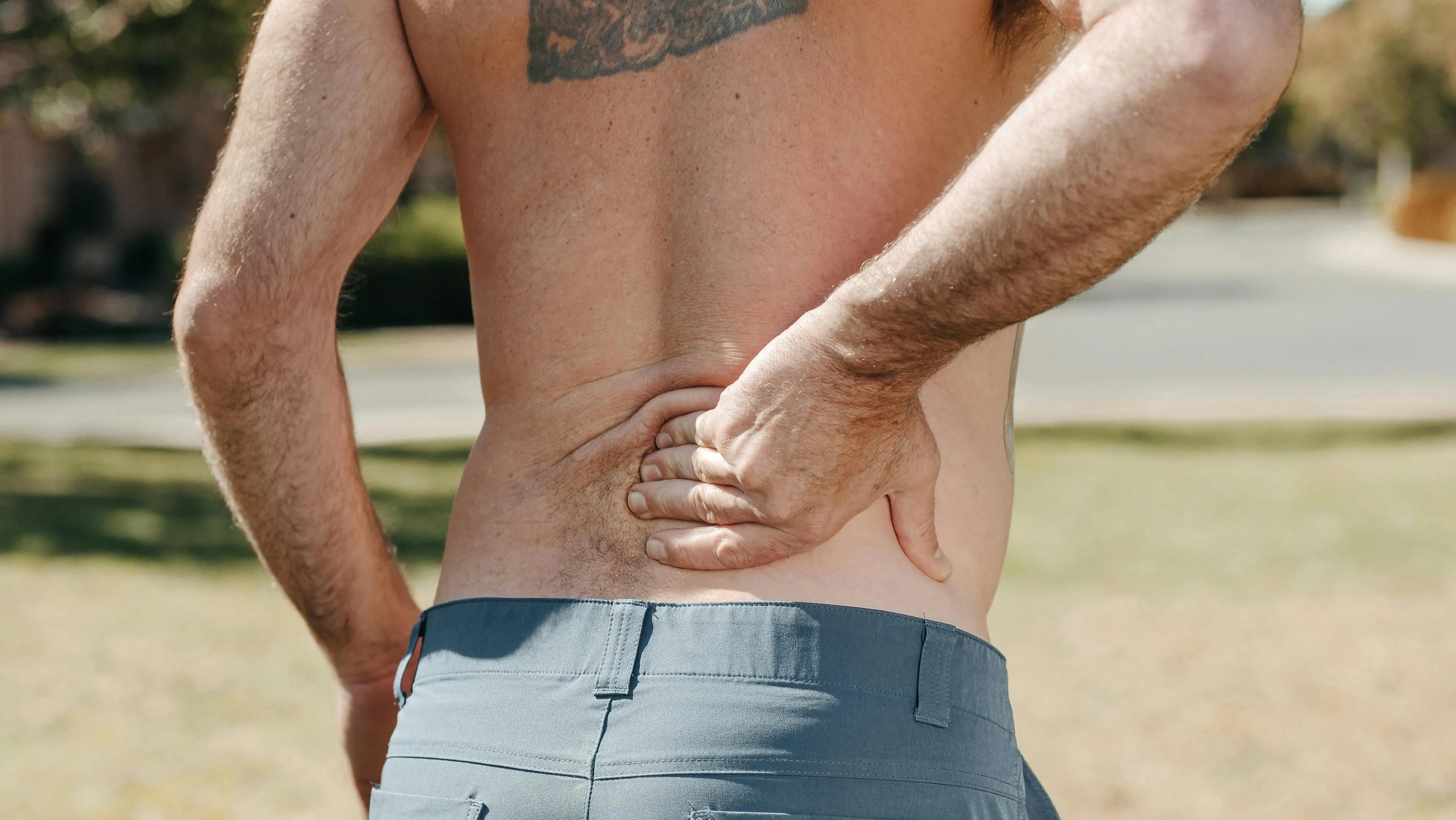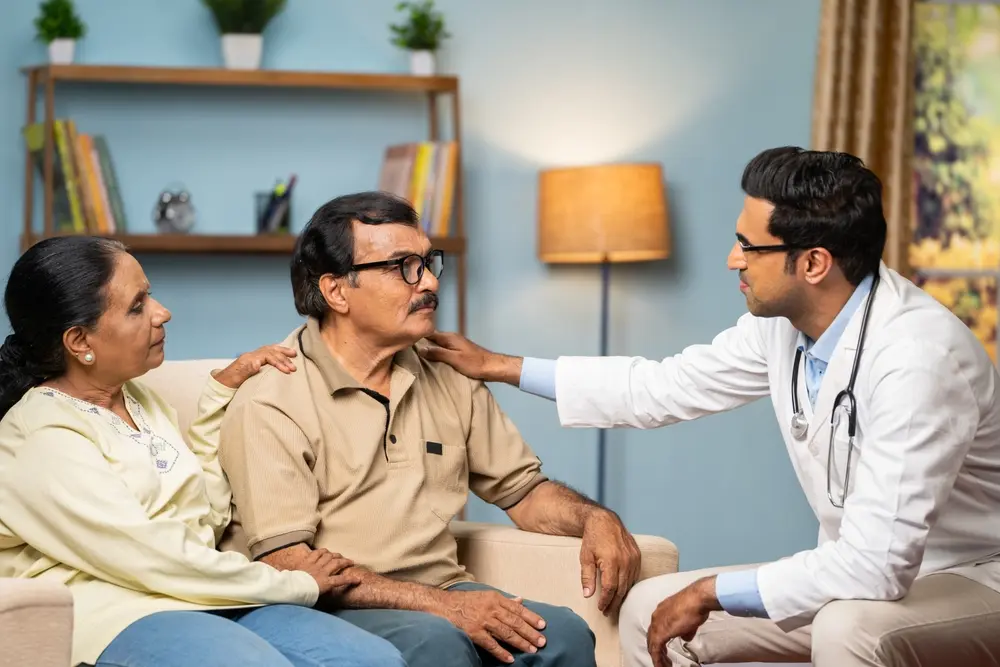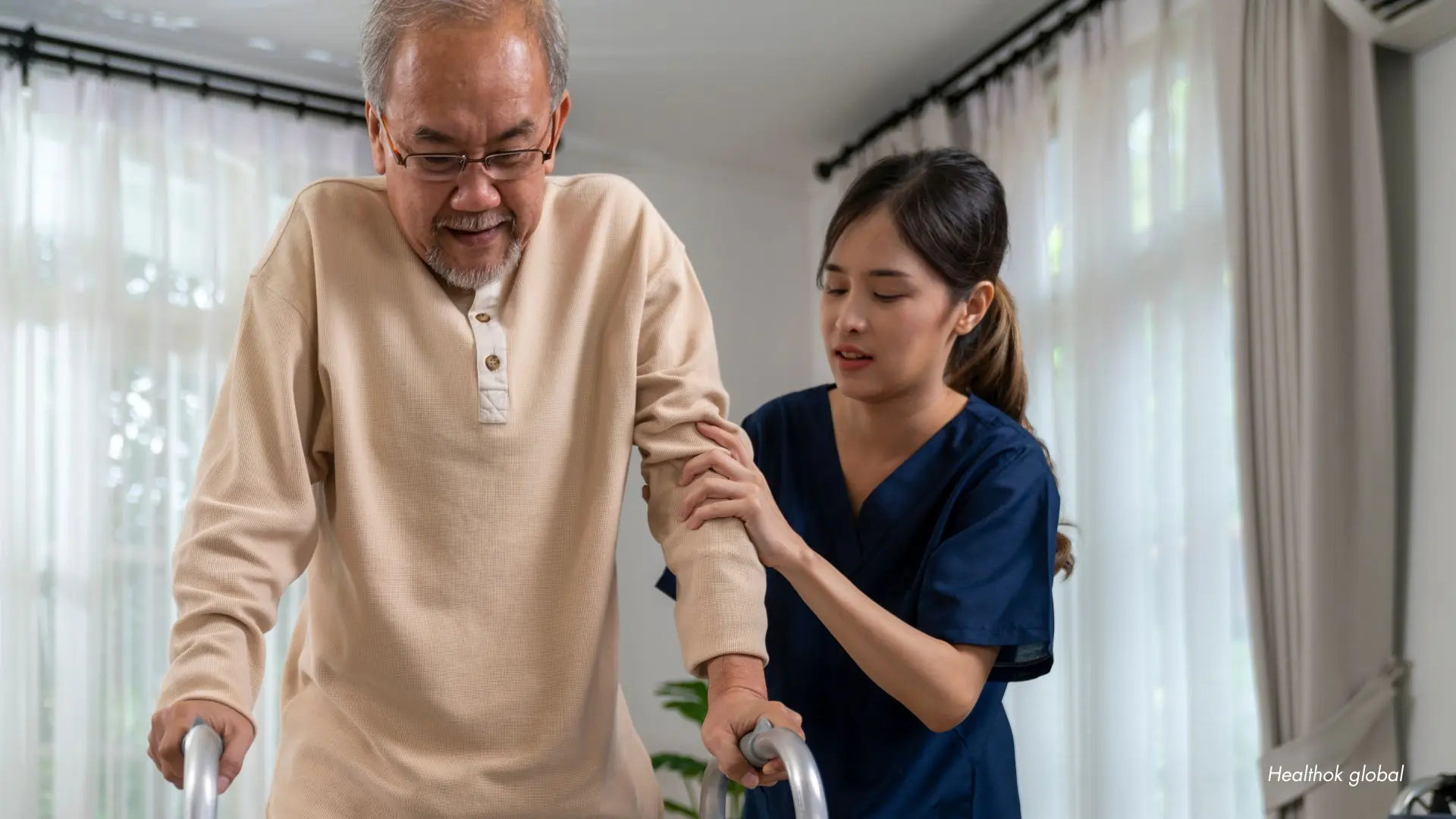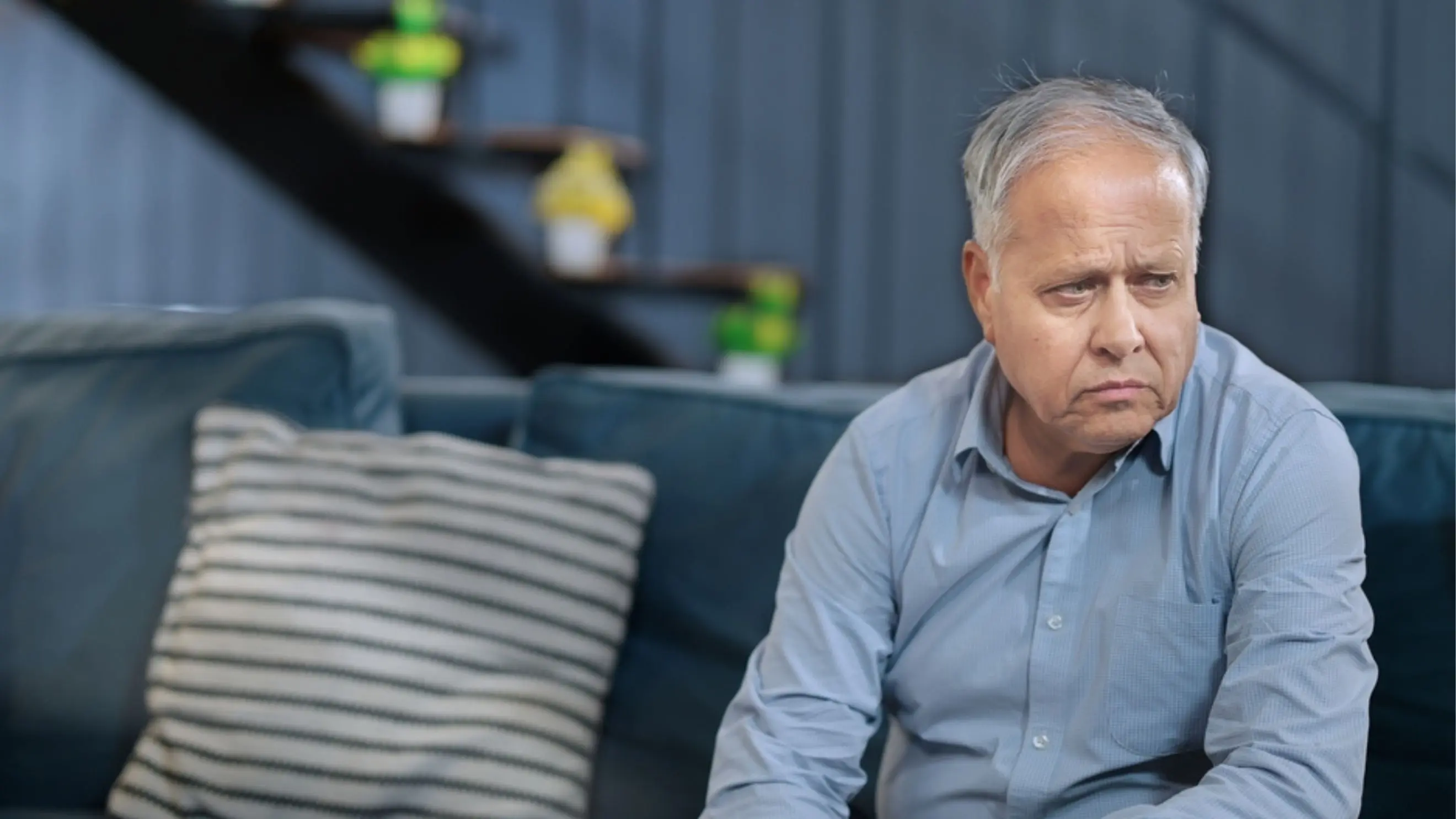Lower back pain affects people of all ages and can significantly impact daily life. Learn effective strategies for relief, including sleep, stretches, and healing tips.

Blog
Lower Back Pain Relief: Sleep, Stretch, and Recovery Strategies
Lower back pain is a common health issue affecting individuals of all ages. It can range from mild discomfort to severe pain, significantly disrupting daily activities and quality of life. Understanding its causes and learning effective strategies for relief is crucial. This guide provides actionable tips on how to sleep better, recover faster, and manage lower back pain effectively through targeted stretches, activities, and lifestyle changes.
Poor sleep posture can exacerbate lower back pain, making it essential to adopt proper sleeping techniques for relief.
Choose a medium-firm mattress that provides adequate spinal support while maintaining comfort.
Placing a pillow between your knees keeps the spine aligned and reduces strain on the lower back.
Place a pillow under your knees to reduce pressure on the lumbar spine.
Quick recovery from lower back pain involves combining rest with the right level of physical activity and therapeutic interventions.
Use ice packs to reduce inflammation during the initial stages, followed by heat therapy to relax muscles and improve blood flow.
Walking, swimming, or cycling can strengthen muscles and promote healing.
Avoid slouching and use ergonomic furniture to support your lower back during recovery.
Incorporating stretches into your routine can alleviate tension and improve flexibility in the lower back.
This yoga stretch gently elongates the lower back muscles and relieves tension.
Pull one knee toward your chest while lying on your back to release tension in the lumbar region.
Sit with your legs straight and lean forward to stretch your hamstrings and lower back.
Understanding the causes of sudden sharp lower back pain is crucial for effective treatment. Common triggers include:
Overstretching or lifting heavy objects improperly can lead to muscle injuries.
A slipped or ruptured disc can compress nearby nerves, causing acute pain.
Narrowing of the spinal canal can pressure nerves, leading to sudden pain.
Pain in the lower back isn’t always musculoskeletal and may indicate issues with internal organs.
Kidney stones or infections can cause pain that radiates to the lower back.
Pancreatitis may lead to back pain, often accompanied by abdominal discomfort.
Conditions like urinary tract infections or endometriosis may present as lower back pain.
Walking is a gentle, low-impact exercise that can improve circulation, strengthen back muscles, and promote recovery from lower back pain.
Gradually increase the duration and intensity to avoid straining your back.
Choose footwear with proper arch support to maintain good posture while walking.
Activate your abdominal muscles while walking to support your spine.
Lower back pain can significantly affect your daily life, but effective management is possible through proper sleep, stretching, and healing strategies. By understanding its causes and exploring treatments, you can achieve long-term relief and improved well-being. For persistent or severe pain, consult a healthcare professional for a personalized treatment plan.
HealthOK Global offers comprehensive elderly care services to ensure the dignity and safety of seniors. Our expert caregivers provide personalized support, from routine health checks to emotional well-being assistance. Contact our FREE 24 x 7 Healthcare Helpline at +91-8047190955 for immediate support and assistance.
Stay connected with us and never miss an update by following us on social media! Our social channels are the perfect place to get the latest news, expert tips, and exclusive insights tailored just for you. Whether you're looking for health advice, product updates, or inspiring stories, we’ve got it all. Join our growing community on platforms like Whatsapp Facebook , LinkedIn and Instagram and be part of the conversation. Click the follow button today and stay informed, inspired, and engaged—right at your fingertips!
Poor sleep posture can exacerbate lower back pain, making it essential to adopt proper sleeping techniques for relief.
Quick recovery from lower back pain involves combining rest with the right level of physical activity and therapeutic interventions.
Incorporating stretches into your routine can alleviate tension and improve flexibility in the lower back.
Understanding the causes of sudden sharp lower back pain is crucial for effective treatment. Common triggers include:
Pain in the lower back isn’t always musculoskeletal and may indicate issues with internal organs.
Walking is a gentle, low-impact exercise that can improve circulation, strengthen back muscles, and promote recovery from lower back pain.
Need Personalized Health Guidance?
Get expert advice tailored to your specific health needs from our qualified healthcare professionals.





